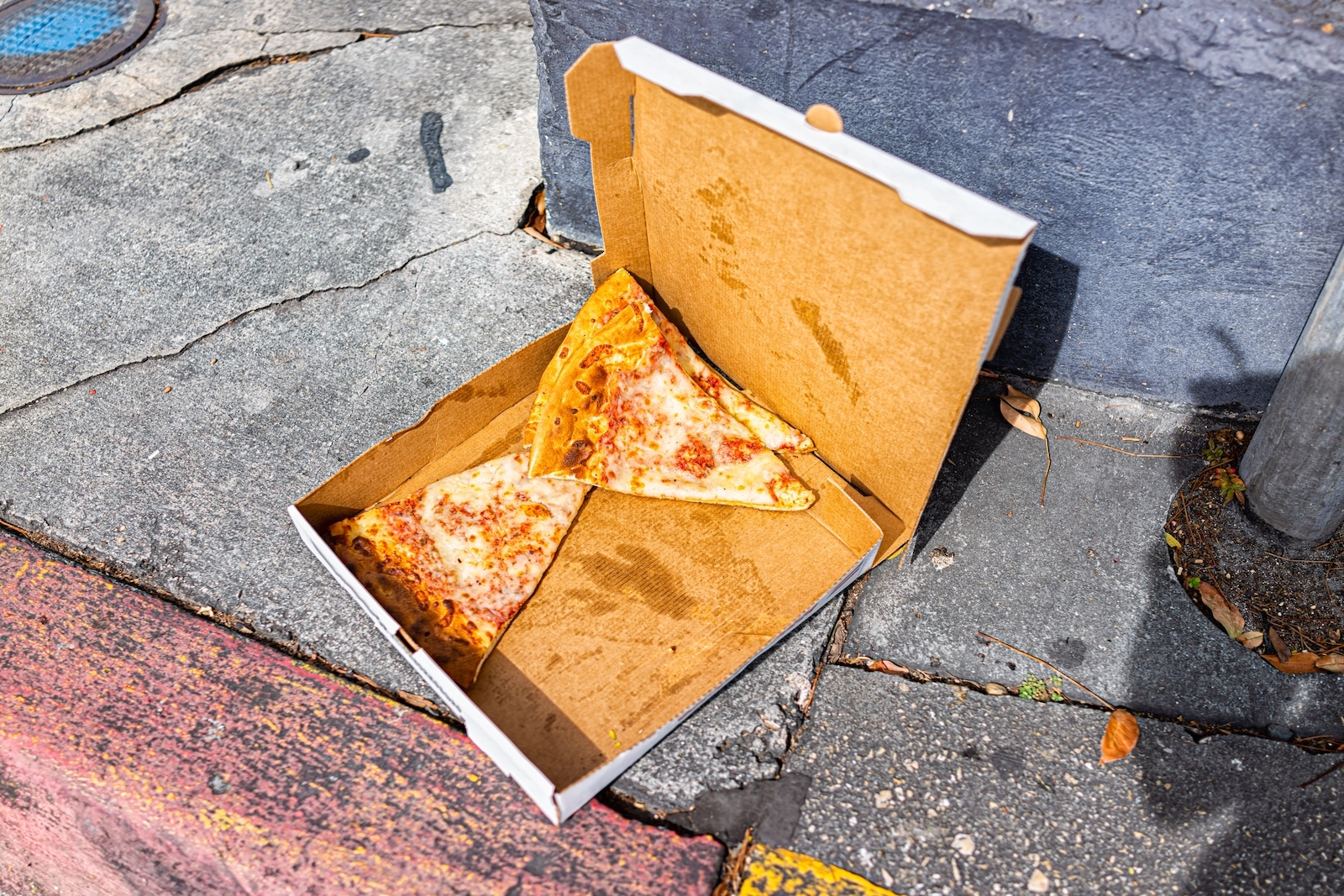Did you know that a staggering amount of the food you buy ends up in the trash? The shocking truth about food waste in America reveals not just a waste of money, but also a significant environmental impact. What are you doing to stop it?
1. The Extent of the Problem

In America, about 40% of the food produced is never eaten. This waste occurs at every stage, from farm to table, leading to massive financial losses and environmental damage.
2. Environmental Impact

Food waste contributes to greenhouse gas emissions when it rots in landfills. This not only wastes the resources used to produce the food but also exacerbates climate change.
3. Economic Costs

Food waste in America costs approximately $473 billion each year. This figure includes wasted food at the consumer, retailer, and farm levels, reflecting a massive inefficiency in the food system.
4. Household Waste

The average American family throws away about $1,500 worth of food annually. This waste often comes from overbuying, poor storage, and a lack of meal planning.
5. Retail Waste

Supermarkets discard large quantities of food due to overstocking and cosmetic standards. Perfectly edible food often gets thrown out because it doesn’t meet aesthetic criteria.
6. Farm-Level Losses

Farmers frequently leave produce unharvested due to market fluctuations or cosmetic imperfections. This food never even reaches the consumer, contributing to overall waste.
7. Restaurant Waste

Restaurants generate significant food waste through large portion sizes and kitchen inefficiencies. Leftovers and uneaten food from diners also add to the waste problem.
8. The Role of Expiration Dates

Confusion over expiration dates leads many consumers to discard food prematurely. These dates often indicate peak quality rather than safety, causing unnecessary waste.
9. Composting as a Solution

Composting can significantly reduce the amount of food waste sent to landfills. It transforms food scraps into valuable soil amendments, reducing methane emissions and benefiting gardens.
10. Food Donation Programs

Many organizations work to divert edible food from landfills by donating it to those in need. Supporting these programs can help reduce waste and address food insecurity.
11. Smart Shopping Tips

Planning meals and creating shopping lists can prevent overbuying. Sticking to a list helps ensure you only purchase what you need, reducing the likelihood of waste.
12. Proper Food Storage

Learning how to store food correctly can extend its shelf life. Simple practices like using airtight containers and understanding refrigerator zones can make a big difference.
13. Leftover Makeovers

Get creative with leftovers to avoid throwing them out. Turning last night’s dinner into today’s lunch can help reduce waste and save money.
14. Understanding Portion Sizes

Being mindful of portion sizes when cooking and serving can prevent food from going uneaten. Serving smaller portions and going back for seconds if needed can help manage waste.
15. Use-By vs. Best-By Dates

Educate yourself about the difference between use-by and best-by dates. Use-by dates are about safety, while best-by dates indicate quality, meaning food is often safe to eat past the best-by date.
16. Community Initiatives

Join or support community initiatives aimed at reducing food waste. Local programs like food sharing apps and community fridges can make a significant impact.
17. Government Policies

Advocate for policies that support food waste reduction at the national and local levels. Legislation can encourage better practices among producers, retailers, and consumers.
18. Food Waste in Schools

Educational programs in schools can teach children about the importance of reducing food waste. Instilling these values early can lead to lifelong habits that benefit the environment.
19. Mindful Eating

Practicing mindful eating can help you appreciate your food more and reduce waste. Paying attention to what and how much you eat can lead to more thoughtful consumption.
20. DIY Solutions

Try DIY solutions for excess food, like making preserves or freezing leftovers. These methods can extend the life of your food and provide future meal options.
21. Measuring Your Waste

Keep track of how much food you throw away each week. This awareness can help you identify patterns and make adjustments to reduce waste in your household.
Take Action Now

Addressing food waste starts with individual actions. By making small changes in how you buy, store, and consume food, you can contribute to a significant reduction in waste, benefiting both your wallet and the planet.
The post Exposing the Reality of Food Waste in America’s Kitchens first appeared on Mama Say What?!
Featured Image Credit: Shutterstock / aslysun.
For transparency, this content was partly developed with AI assistance and carefully curated by an experienced editor to be informative and ensure accuracy.





